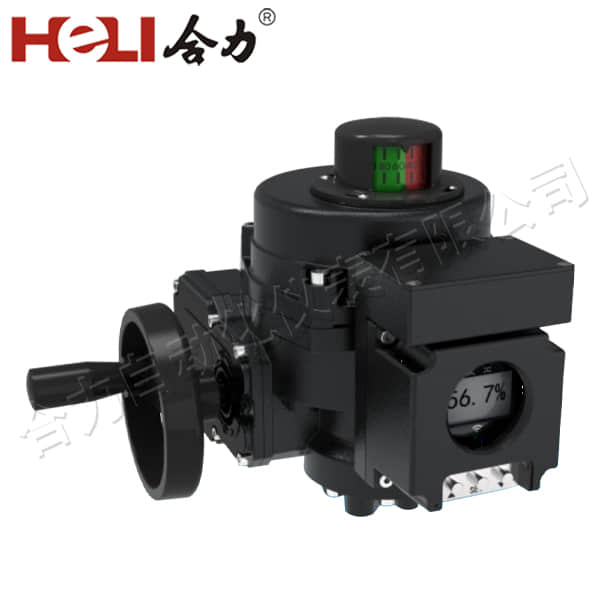Electric actuators have become a vital component in various industrial and commercial applications, revolutionizing how systems and machinery operate. These devices convert electrical energy into mechanical motion, allowing for precise control and automation in processes that require movement. As industries evolve, the demand for efficient and reliable actuators continues to grow, making electric actuators increasingly popular in modern engineering.

What Are Electric Actuators?

An electric actuator is a device that uses electrical energy to create motion. Unlike hydraulic or pneumatic actuators, which rely on fluid power, electric actuators function by converting electrical energy into mechanical energy. This transformation typically occurs through the use of electric motors and other components, such as gears and sensors, that work together to produce linear or rotary motion. Electric actuators can be categorized into two main types:linear actuatorsandrotary actuators. Linear actuators produce straight-line motion, while rotary actuators create rotational movement. Both types play crucial roles in various applications, from simple tasks like opening and closing valves to more complex operations like robotic arm movements.
